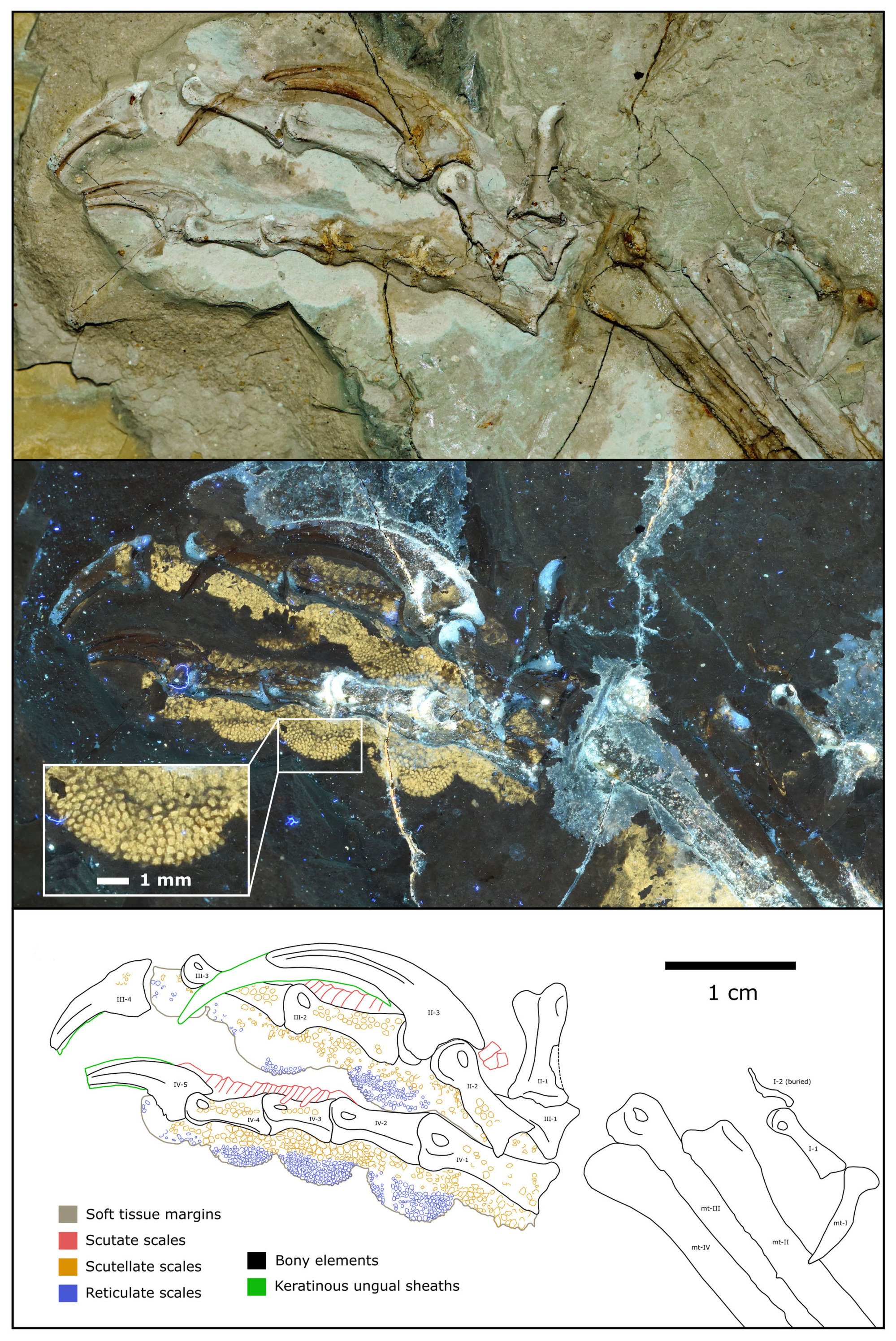If you were to glance up at tree canopies 120 million years ago in what is now northeastern China, you might have caught sight of a birdlike creature about the size of a crow.
Microraptors were a type of flying dinosaur that had four primitive feathered wings and lived during the early Cretaceous period. They used their feet to hunt prey, much like hawks do today.
But instead of soaring high in the sky, they would launch themselves from trees towards their prey.
Do you have questions about the biggest topics and trends from around the world? Get the answers with SCMP Knowledge, our new platform of curated content with explainers, FAQs, analyses and infographics brought to you by our award-winning team.
The fossil record shows microraptors existed from 125 to 120 million years ago, but an international team of scientists discovered that many of these creatures had more in common with modern birds than previously thought.
The biggest clues, according to an international team of researchers, were found in the well-preserved fossils of the feet of these ancient flying dinosaurs.
“Feet are very diagnostic for behaviour and lifestyle,” said Michael Pittman, an assistant professor, who specialises in the flight evolution of vertebrates at the school of life sciences at the Chinese University of Hong Kong.
Pittman was a part of a team of researchers from Australia, Canada, mainland China, Hong Kong and the United States that published their findings in the peer-reviewed journal Nature Communications on Tuesday.
Much can be learned from the shape and size of bird feet. They are indicative of a bird’s grasping ability, running proficiency and feeding style, according to ornithologists, who have studied those behaviours in action.
Fossilised embryo offers clues to development of duck-billed dinosaurs
But to glimpse the lives of China’s ancient aviators, scientists compared the shapes of claws, bones and joints of today’s birds with those preserved in fossils.
“We took the insight we have today and applied it to very early birds. In fact, the first birds and close relatives – creatures that weren’t birds but could fly,” Pittman said.
The discoveries were made possible because of a laser technology that helped to reveal information about soft tissues in the fossils. The team also had access to the large specimen collection at the Shandong Tianyu Museum of Natural History in eastern China.
After scanning more than a thousand fossilised early theropod fliers, the researchers identified 12 specimens that had well-preserved toe pads, foot scales and claws.

“We looked at between the late Jurassic and the early Cretaceous, a period where flight started to appear and got better through time,” Pittman said.
“We started off with birds with feet that look like ground-dwelling birds which spend most of their time on the ground,” he said, noting that the earliest flying creatures were rookie aviators.
The specimens included the winged dinosaurs Ambopteryx, Anchiornis and Archaeopteryx, from the middle to late Jurassic period, whose nascent flight abilities did not allow for fully aerial lifestyles.
Dinosaurs came in from the cold to rule the world, Xinjiang footprints reveal
“In the early Cretaceous, things started to diversify functionally for the feet,” Pittman said.
Some foot specimens suggested the animals were generalists, meaning they fed on a variety of food sources, such as Confuciusornis, one of the first birds to evolve a beak. Other fossils showed foot specialisations, like Fortunguavis, which could scale trees.
“The proportions of the bones and the shape of the claw suggest that it could climb. That’s something that didn’t happen in the first birds.”
The four-winged microraptor from the early Cretaceous was “a highly specialised aerial hunter”, the researchers said. The close relative of modern birds had well-developed convex foot pads.
“We find that its feet look like a hawk’s feet, which is very surprising. Hawks are apex predators that occupy a very high position in the ecosystem,” he said.
Pittman said the fossil evidence showed that the long extinct animals – which were not actually birds – played prominent roles in their habitats, similar to the predatory birds of today, and would hunt similar types of prey, like other flying creatures.
“The role in the ecosystem that microraptors had was completely lost. Birds recaptured that position today.”
More from South China Morning Post:
- Flying dinosaurs vs modern birds: new laser tech helps spot one big difference
- When dinosaurs became birds: studies of prehistoric Chinese fossils paint a picture of transition moment in evolutionary change
For the latest news from the South China Morning Post download our mobile app. Copyright 2022.





